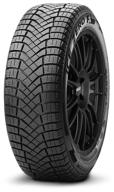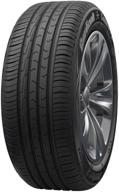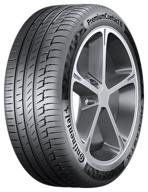
Review on Heater Valve Repair Compatible Cars by Rosalio Zavala

Good fit and fit, more than needed for repairs.
Includes both valve gasket kits that will wear out and are typically needed for repairs, two new all metal valves (looks like brass) and two O-rings to replace those on the bottom of the heat exchangers. where they meet the guide plate (which makes me wonder why not include a similar pair for the tops. New valve guides would be nice for the price too). Luckily the spool o-rings in the 200+k valve on my '99 M3 (64 11 8 375 792) were fine. This is how the cobs should be if you are careful not to break them; The originals are stainless steel cones on plastic legs, believe it or not. I thought about reusing them but ended up breaking one because I couldn't resist checking how flexible/durable it was to see if it was really plastic. :/ All metal valves are a welcome update, I had some concerns about brass; it is more cathodic than aluminum, so aluminum will corrode if they are in contact or in the same water supply. The thermostat also appears to have some brass parts, so apparently BMW coolant has the right corrosion inhibitors to prevent brass from reacting with aluminum in the cooling system. Installation (assuming you already have a valve): 1. Remove the six torx screws (T-10) holding the valve.2. Carefully separate the assembly by separating the coils and valve guide plate from the plastic manifold. Pay attention to the rubberized seal between the plug and the plastic housing, this can easily tear or has to be cut through. Be careful not to damage the thin, fragile coil wires.3. Remove the brown cylinders from their holes in the manifold by grasping the gasket underneath and pulling them out.4. Remove the gaskets, noting their orientation.5. Clean all parts6. Replace seals and push back cylinder.7. Pull the valves out of the stems to remove them from the plate. They are easily removed using needle nose pliers as leverage and a wrench around the valve as the spacer and pivot (note that it will pop out due to spring tension. The valve guides may also fall out. 8. Clean the guide plate, replace the O- Rings on the heat exchanger side, place the large gaskets on the valve side with the flat side against the plate and the lip against the manifold 9. Reinstall the old valves or install new ones.I have found the new brass valves to be too loose sit in the steerer tubes so I pinched the ends a bit until I had a spring loaded friction fit tight enough that they stayed where I was comfortable three pieces together, making sure the large flats the gaskets are seated properly. 12. Insert and tighten the screws.13. Reseal the seam under the connector with S silicone caulk, liquid tape, hot snot, or whatever. All together and back to the car with all new hoses. I'll update if I run into any issues once it's back on the road.
- Automotive
- Upgrade Availability
New products
Comments (0)
Top products in 🌡️ Engine Cooling & Climate Control
Another interesting products
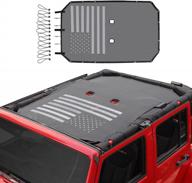
2007-2017 Jeep Wrangler JKU 4 Door Sunshade Mesh Top Cover - Durable UV Protection With US Flag Design - Voodonala

31 Review

Upgrade Your Mazda MX-5 Miata With CravenSpeed'S USA-Made Door Bushings

39 Review
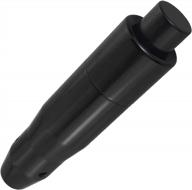
Upgrade Your Driving Experience With Lunsom'S Automatic Shift Knob: High-Quality Metal Car Shifting With Push Button & Long Stick Gear Head In Black

38 Review
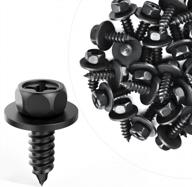
25Pcs Fender Liner Screws For Toyota Avalon Camry Corolla Scion Lexus - OEM #90159-60498

35 Review



